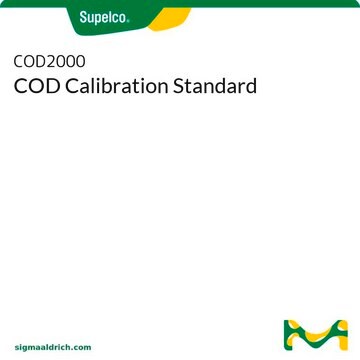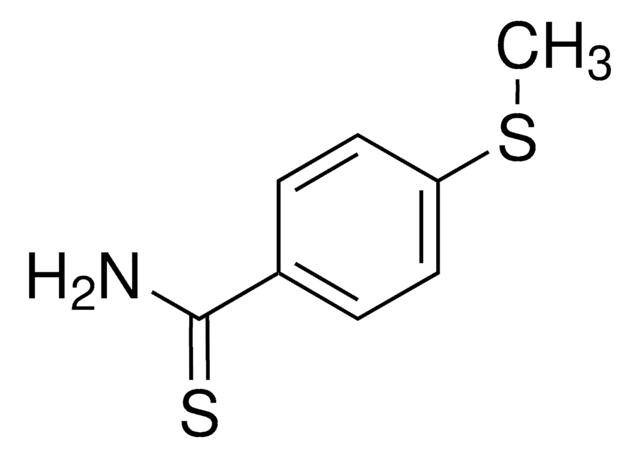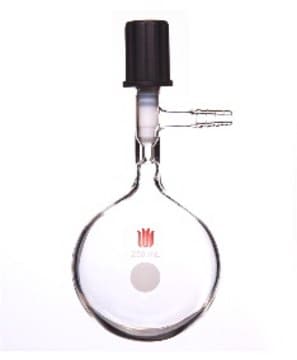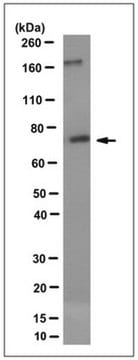10895
Ethyl 2-chloroacetoacetate
produced by Wacker Chemie AG, Burghausen, Germany, ≥96% (GC)
Synonym(s):
2-Cl-ACE
Sign Into View Organizational & Contract Pricing
All Photos(1)
About This Item
Linear Formula:
CH3COCHClCOOC2H5
CAS Number:
Molecular Weight:
164.59
Beilstein:
774278
EC Number:
MDL number:
UNSPSC Code:
12352100
PubChem Substance ID:
NACRES:
NA.22
Recommended Products
grade
produced by Wacker Chemie AG, Burghausen, Germany
Assay
≥96% (GC)
refractive index
n20/D 1.441 (lit.)
bp
107 °C/14 mmHg (lit.)
density
1.19 g/mL at 25 °C (lit.)
SMILES string
CCOC(=O)C(Cl)C(C)=O
InChI
1S/C6H9ClO3/c1-3-10-6(9)5(7)4(2)8/h5H,3H2,1-2H3
InChI key
RDULEYWUGKOCMR-UHFFFAOYSA-N
Looking for similar products? Visit Product Comparison Guide
Application
Ethyl 2-chloroacetoacetate was used to study reductive dechlorination of β-keto ester ethyl 2-chloroacetoacetate by Saccharomyces cerevisiae.
Biochem/physiol Actions
Ethyl 2-chloroacetoacetate reacts with thiosemicarbazones to form heterocyclic substituted thiophene derivatives having non-steroidal anti-inflammatory activity.
Other Notes
prices for bulk quantities on request
Signal Word
Danger
Hazard Statements
Precautionary Statements
Hazard Classifications
Acute Tox. 4 Oral - Aquatic Acute 1 - Eye Dam. 1 - Skin Corr. 1A - STOT SE 3
Target Organs
Respiratory system
Storage Class Code
3 - Flammable liquids
WGK
WGK 2
Flash Point(F)
179.6 °F
Flash Point(C)
82 °C
Personal Protective Equipment
dust mask type N95 (US), Eyeshields, Gloves
Choose from one of the most recent versions:
Already Own This Product?
Find documentation for the products that you have recently purchased in the Document Library.
Synthesis and antiinflammatory activity of novel 2, 5-disubstituted thiophene derivatives.
Badr SMI.
Turkish Journal of Chemistry, 35(1), 131-143 (2011)
P M Flanagan et al.
Journal of molecular biology, 206(2), 295-304 (1989-03-20)
The Tn3-encoded resolvase protein promotes a site-specific recombination reaction between two directly repeated copies of the recombination site res. Several inhibitors that block this event in vitro have been isolated. In this study four of these inhibitors were tested on
Gerhard Jörg et al.
Chembiochem : a European journal of chemical biology, 5(1), 87-92 (2003-12-26)
Saccharomyces cerevisiae reduces the beta-keto ester ethyl 2-chloroacetoacetate to the respective chiral cis- and trans-beta-hydroxy esters. In the course of chiral reduction, competing dehalogenation of the xenobiotic substrate to ethyl acetoacetate occurs, in a reaction mediated by cytosolic glutathione (GSH).
Our team of scientists has experience in all areas of research including Life Science, Material Science, Chemical Synthesis, Chromatography, Analytical and many others.
Contact Technical Service










